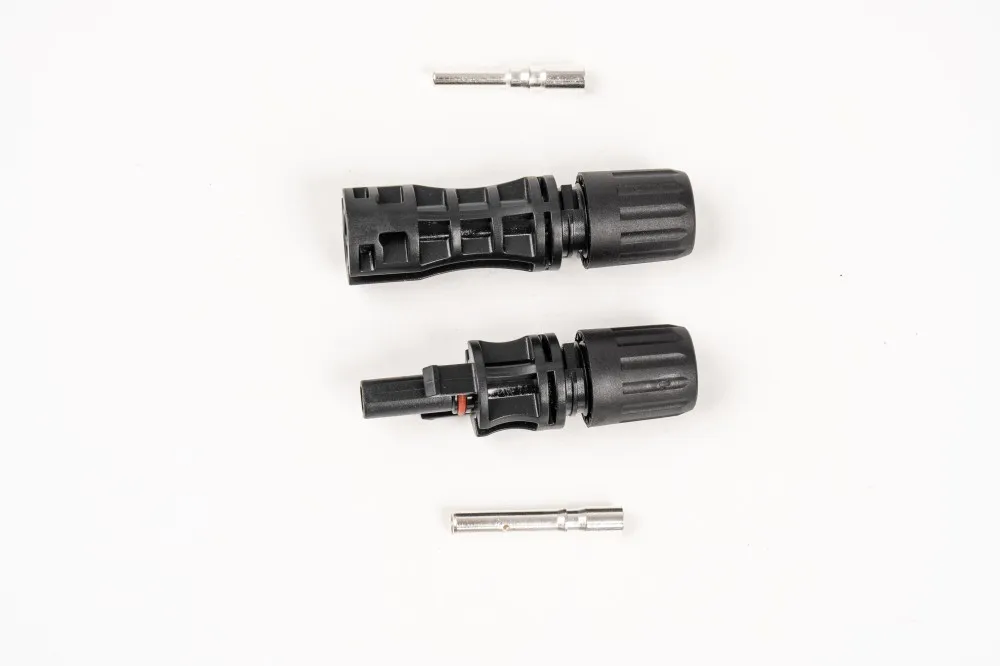
In the long-term stable operation of photovoltaic power stations, solar cables, as the "blood vessels" of energy transmission, directly affect the system's safety and service life. Currently, mature standard systems have been established both internationally and domestically, setting clear red lines for cable quality and serving as the core basis for industry selection.

The international market centers on IEC 62930(Cables for Photovoltaic Systems) and UL 4703 (Safety Standards for solar cables). IEC 62930 emphasizes outdoor weather resistance, applicable to most regions worldwide; UL 4703 focuses on fire resistance and mechanical performance requirements for the North American market, with passing the vertical burning test (VW-1) as a basic threshold. The domestic standard GB/T 32802-2016 equivalently adopts the core indicators of IEC, while adding requirements for resistance to damp-heat cycles suitable for China's climate (1000-hour test under 90℃/85% RH conditions).
Temperature resistance is a key parameter of solar cables. IEC and GB standards require cables to work normally in environments from -40℃ to 90℃, while UL standards raise the upper limit to 120℃, adapting to power stations in high-temperature regions. In terms of insulation materials, the three standards all put forward clear stipulations on material selection. They mandate the use of weather-resistant cross-linked polyethylene (XLPE) as the insulation material. This material is required to have a volume resistivity of ≥10¹⁴Ω・cm. Such a requirement is set to ensure that the insulation material does not undergo aging within a service life of 25 years.For mechanical strength requirements, the GB/T 32802 standard has extra rules. Specifically, this standard says that in a 1000N tensile test, the material's elongation at break must be at least 125%. This specific rule helps the material adapt better to installation in complex landscapes in China.
| Standard Type | Temperature Resistance Range | Service Life | Key Test Items | Applicable Regions |
| IEC 62930 | -40℃~90℃ | 25 years | UV resistance, ozone resistance | Internationally universal |
| UL 4703 | -40℃~120℃ | 20 years | VW-1 flammability test, oil resistance | North America |
| GB/T 32802-2016 | -40℃~90℃ | 25 years | Damp-heat cycle test, tensile test | Chinese market |
The practical value of complying with standards is significant: a distributed power station using non-standard cables experienced insulation cracking after 3 years, increasing operation and maintenance costs by 30%; while cable failures in compliant projects are only 0.3 times per 100 kilometers per year. With the popularization of bifacial modules and tracking systems, standards for flexible solar cables (such as TIA-455-244) are gradually improving, driving the industry toward higher reliability. Choosing cables that meet regional standards is the basic guarantee for photovoltaic power stations to achieve their 25-year design life.